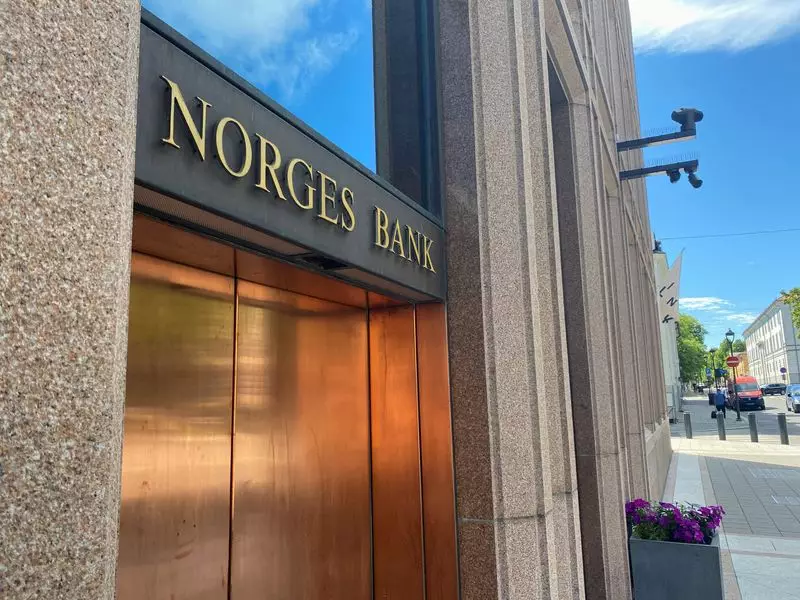Norway’s central bank, known as Norges Bank, has made headlines by maintaining its policy interest rate at a formidable 4.50%, a level not seen for the past 17 years. This decision aligns with expectations set forth by financial analysts, indicating a cautious but strategic approach in the face of evolving economic conditions. As central banks across the Western world are beginning to recalculate their benchmarks in response to easing inflation and slowing growth, Norway stands at a pivot point, signaling potential changes on the horizon. The bank is likely to initiate rate cuts starting in March, a significant move that would mark its first decrease since May 2020.
As the economic landscape continues to shift, the consensus among economists is that Norway’s monetary policy will gradually converge with trends observed in other nations. The general expectation is for a quarter-point reduction to 4.25% in March, although some analysts speculate a stronger cut could occur. The central bank communicated its plans to reduce rates three additional times in 2025, projecting a year-end rate of 3.75%. However, the bank is not merely focused on rate cuts; it is also closely monitoring various economic indicators, including core inflation rates, which have shown signs of easing yet remain above the central bank’s target of 2%.
One of the more pressing factors on Norges Bank’s radar is the potential rise in international trade barriers, which could reverberate through the global economy. The bank raised concerns over the implications of higher tariffs, suggesting they could dampen global growth potential while simultaneously creating uncertainty in domestic price projections. This highlights the delicate balance the bank must maintain to foster a healthy economy while managing inflationary pressures.
The market responded to the central bank’s announcement with slight movements in the Norwegian crown’s value against the euro. A dip against the euro, down to 11.75, underscores the volatility in currency markets that can be influenced by central bank policies and broader economic forecasts. Such fluctuations are critical indicators for investors and policymakers, demonstrating the interconnected nature of global financial systems.
Economists foresee that the upcoming session in March will not only focus on the rate cut itself but will also scrutinize the forward trajectory of interest rates. The tightrope that Norges Bank walks requires continuous dialogue about both domestic economic conditions and external pressures from the global stage. The bank’s ultimate goal remains stabilization around its inflation target while easing rates when appropriate to spur growth.
Norway’s central bank is navigating a complex landscape of inflation control, economic foresight, and global influences. The upcoming months will be crucial in determining whether Norway’s cautious approach will yield the desired economic outcomes in an increasingly interconnected world. The delicate balancing act of managing interest rates while responding to emerging economic trends exemplifies the challenges central banks face in today’s dynamic market environment.

